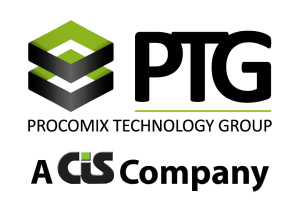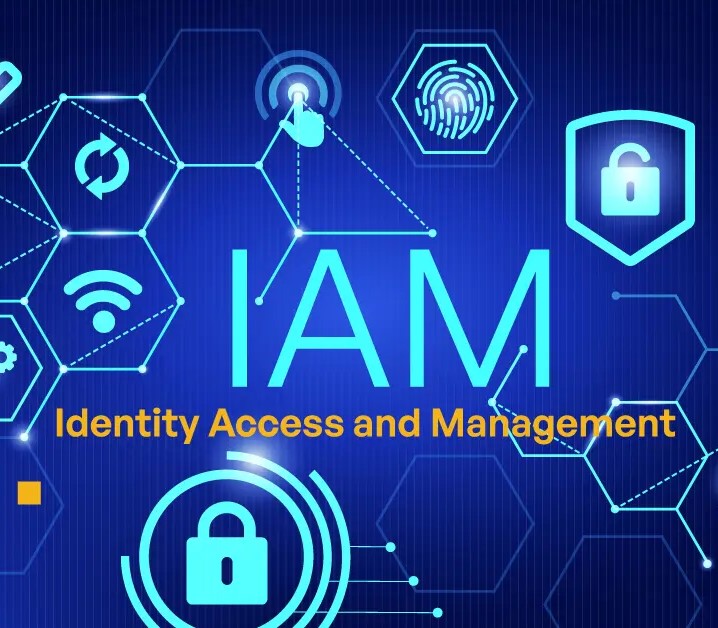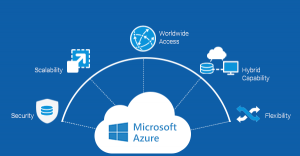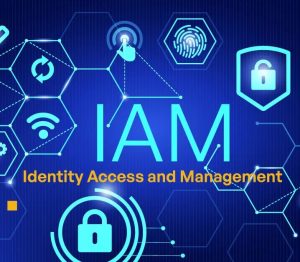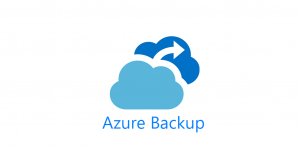IAM: Enhancing Security with Identity Management
In today’s digital landscape, security threats are growing more sophisticated, and businesses must prioritize protecting their data and systems. One of the most critical strategies for ensuring security is Identity and Access Management (IAM). As organizations adopt cloud services, remote work, and a wide range of digital tools, managing who has access to what resources is more important than ever.
In this blog, we’ll explore what IAM is, why it’s crucial for enhancing security, and how businesses can leverage IAM solutions to safeguard their operations.
What is Identity and Access Management (IAM)?
Identity and Access Management (IAM) is a framework of policies, processes, and technologies that enables organizations to manage digital identities and control access to resources. Essentially, it allows businesses to authenticate and authorize users, ensuring that the right individuals have access to the right resources at the right times.
IAM typically encompasses:
- User identification: Verifying the identity of users through login credentials.
- Authentication: Ensuring that a user is who they claim to be, often through passwords, biometrics, or multi-factor authentication (MFA).
- Authorization: Defining what users are allowed to do once their identity has been verified (e.g., access certain files, systems, or applications).
- Monitoring: Keeping track of user activity to detect and prevent unauthorized access.
Why is IAM Essential for Security?
In a world where businesses operate on digital platforms and handle sensitive data, IAM plays a pivotal role in enhancing security. Here’s how:
1. Reduces Risk of Data Breaches
Unauthorized access to sensitive data is one of the leading causes of data breaches. IAM ensures that only authorized personnel can access specific information, drastically reducing the risk of breaches. By enforcing strict authentication protocols like MFA, businesses add an extra layer of defense against hackers and cybercriminals.
2. Prevents Insider Threats
Not all security threats come from outside the organization. Insider threats—whether intentional or accidental—can be equally damaging. IAM systems enforce access control based on the principle of least privilege, meaning users only have the access rights necessary to do their jobs. This minimizes the chances of employees accessing and leaking sensitive information.
3. Streamlines Compliance
Businesses, especially those in regulated industries (e.g., healthcare, finance), must comply with various security regulations such as GDPR, HIPAA, and SOX. IAM helps companies maintain compliance by providing detailed access logs and ensuring that only authorized personnel can view regulated data.
4. Improves User Experience
Effective IAM solutions enhance the user experience by simplifying access. Single Sign-On (SSO), for example, allows users to log in once and gain access to multiple applications without needing to remember multiple passwords. Not only does this improve productivity, but it also encourages the use of stronger, more secure authentication methods.
5. Supports Remote Work and Cloud Environments
As businesses continue to embrace remote work and cloud computing, IAM becomes essential for ensuring security across distributed systems. IAM provides centralized control, allowing IT departments to manage access for employees working from different locations and devices while maintaining a secure environment.
Key Components of a Robust IAM System
To effectively manage identities and access rights, a comprehensive IAM solution should include several core components:
1. Identity Lifecycle Management
This involves creating, managing, and deactivating user identities. It includes provisioning new users, managing access rights as roles change, and revoking access when users leave the organization.
2. Multi-Factor Authentication (MFA)
MFA adds an extra layer of security by requiring users to provide multiple forms of verification (e.g., password and a code sent to their phone). This makes it much harder for unauthorized individuals to access systems, even if they have compromised login credentials.
3. Single Sign-On (SSO)
SSO allows users to access multiple applications with one set of credentials. It streamlines the login process for users while enhancing security by reducing the number of credentials that need to be managed and protected.
4. Role-Based Access Control (RBAC)
RBAC assigns permissions based on a user’s role within the organization, ensuring that individuals only have access to the information and resources necessary for their job. This minimizes the risk of accidental or malicious data exposure.
5. Access Monitoring and Auditing
Effective IAM solutions offer robust logging and monitoring capabilities. This allows businesses to track user activity, detect unusual patterns of behavior, and generate audit reports to meet regulatory requirements.
Best Practices for Implementing IAM
Implementing IAM effectively can greatly enhance an organization’s security posture, but there are several best practices to follow:
- Adopt a Zero Trust Approach Zero Trust means that no one is automatically trusted, even if they are inside the network. Every user, device, and system must be continuously verified before access is granted.
- Use the Principle of Least Privilege Users should only have access to the resources necessary for their job functions. This reduces the potential for unauthorized access and limits the impact of any compromised accounts.
- Automate Where Possible Automating identity lifecycle management (e.g., user provisioning and deprovisioning) ensures consistency and reduces human error. It also improves efficiency when onboarding or offboarding employees.
- Regularly Review and Update Access Controls User roles and responsibilities can change over time, and access controls need to be adjusted accordingly. Regularly reviewing and updating permissions helps ensure that no unnecessary access is lingering.
- Educate Employees Security is a shared responsibility. Training employees on the importance of strong passwords, recognizing phishing attempts, and understanding the role of IAM in protecting the company is essential.
Conclusion: IAM as a Cornerstone of Security
In an era where cyber threats are increasingly sophisticated, Identity and Access Management is more than just a tool—it’s a foundational element of modern security strategy. By managing user identities and controlling access, businesses can protect sensitive data, reduce the risk of breaches, and comply with regulations, all while improving the user experience.
For organizations looking to strengthen their security posture, investing in a robust IAM solution is no longer optional—it’s essential.
Ready to enhance your security with IAM? Start by evaluating your current access management practices and explore modern IAM solutions that offer centralized control, enhanced security, and a seamless user experience.
